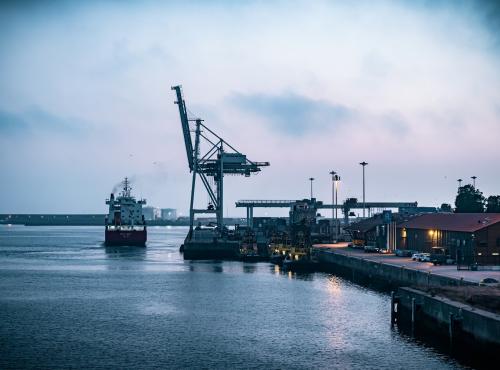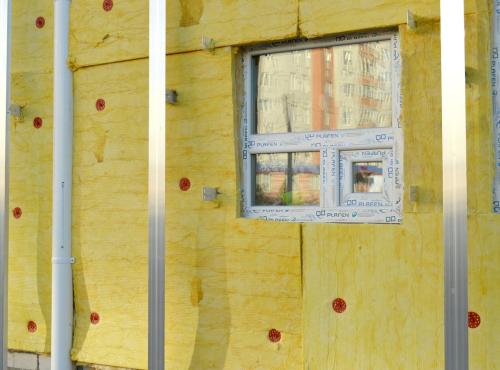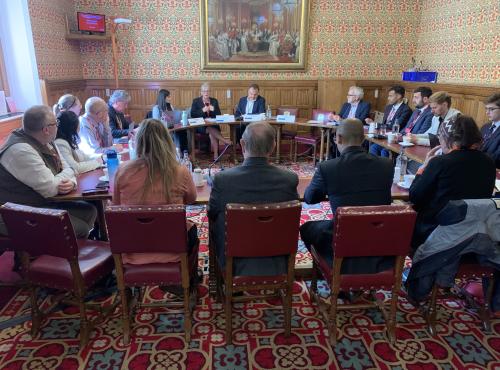Heat and Buildings Strategy: First Reactions
Last month government published its much-anticipated Heat and Buildings Strategy, hot on the heels of the Net Zero Strategy. Yesterday's first reactions roundtable provided an opportunity for stakeholders across industry, business, academia and government to respond to the strategy, identify key takeaways and assess progress towards reaching net zero.
The session was chaired by Lord Duncan of Springbank, and we were joined by speakers:
- Lord Teverson - House of Lords, EU Energy and Environment Sub-Committee Chair
- Duncan Carter - Calor, Corporate Affairs Manager
- Sarah Kostense-Winterton - Chair of the Energy Efficiency Infrastructure Group
While speakers and participants generally welcomed the House and Buildings Strategy after a long time's wait, concerns and disappointment at missed opportunities were also voiced by participants.
Running themes throughout the discussion were fairness and impacts on homeowners and consumers, alongside concerns regarding skills and capacity in the sector. Both panelists and participants voiced the need to put pressure on the government for more funding and to increase public engagement on the topic.
Carbon Connect’s report Pipeline to 2050 (published 2020) set out a series of key tests for the Heat and Buildings Strategy. Following this report, Carbon Connect has undertaken an inquiry which considered the different elements required for the establishment of a delivery framework for the decarbonisation transition. Its scope included the decarbonisation of heat, transport and power, and examined the role and importance of four elements of delivery: governance; skills and standards; public engagement; and business models. The subsequent report sets out the case for a net zero delivery authority and will be published in the coming months.
Follow @CarbonConnectUK on Twitter to stay up-to-date with our work and to not miss out on our upcoming events.



